10 Tips for Creating a Zen-Like Space with Japanese Minimalist Interior Design
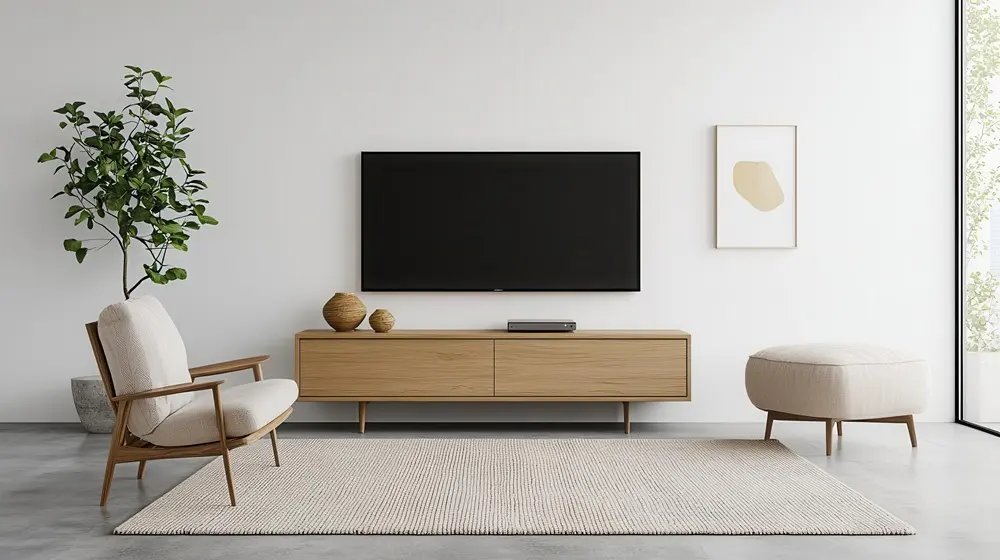
In our busy modern lives, creating a peaceful home environment has become more important than ever. Japanese minimalist design, influenced by Zen philosophy, offers the perfect approach to crafting a space that fosters peace, clarity, and mindfulness.
With its timeless appeal, Japanese minimalism has influenced global trends in architecture and interior design. Whether you are looking to refresh your space or transform a small apartment, these principles can help you create your own zen-like retreat that nurtures both body and mind.
In this article, we will share 5 tips for creating a tranquil sanctuary, from selecting simple furnishings to integrating natural elements, and explore how these ideas work in compact spaces like those in Singapore.
Concept of Japanese Minimalism
Rooted in Zen philosophy, Japanese minimalism emphasizes the beauty of imperfection (wabi-sabi) and the importance of balance, harmony, and tranquility. This concept encourages intentional design choices by embracing the idea of "less is more", fostering a sense of peace, clarity, and purposeful living.
The style often incorporates clean lines, natural materials, and neutral color palettes to create serene, uncluttered spaces that promote calm and mindfulness.
Timeless Charm of Japanese Minimalist Design
Japanese minimalist design has made a significant impact globally, influencing architecture, interior design, fashion, and even lifestyles. It is popular due to its timeless aesthetic, cultural authenticity, and functional simplicity.
Renowned architects like Tadao Ando and Kengo Kuma have greatly influenced global architecture and interior design through the fusion of Japanese traditional design principles with modern aesthetics.
Its emphasis on open, flexible spaces, neutral palettes, and multi-functional areas has inspired trends like compact homes.
5 Tips to Create A Tranquil Sanctuary
Creating a relaxing atmosphere with Japanese minimalism involves promoting calm, comfort, and mindfulness through thoughtful design choices and personal touches.
Here are 5 ideas to help achieve this:
1. Embrace Simplicity in Your Furnishings
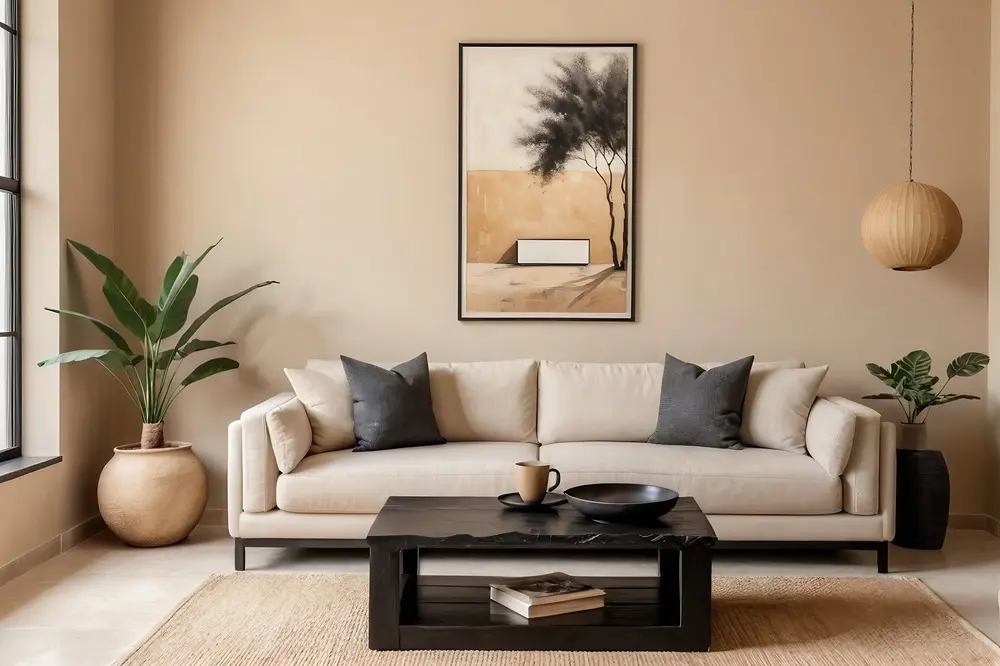
Select functional, timeless and aesthetically pleasing designs that minimize clutter and create a harmonious environment. Every furnishing piece should serve a purposeful role.
2. Use Natural Materials and Earthy Tones

Opt for materials such as wood, stone, or bamboo to add warmth and connection to nature. Wooden furniture is a top choice as it adds warmth and texture without overwhelming the space. Bamboo, known for its sustainability and gentle appearance, brings an earthy, Zen quality to a room that enhances both visual and emotional tranquility.
3. Maintain open, airy spaces
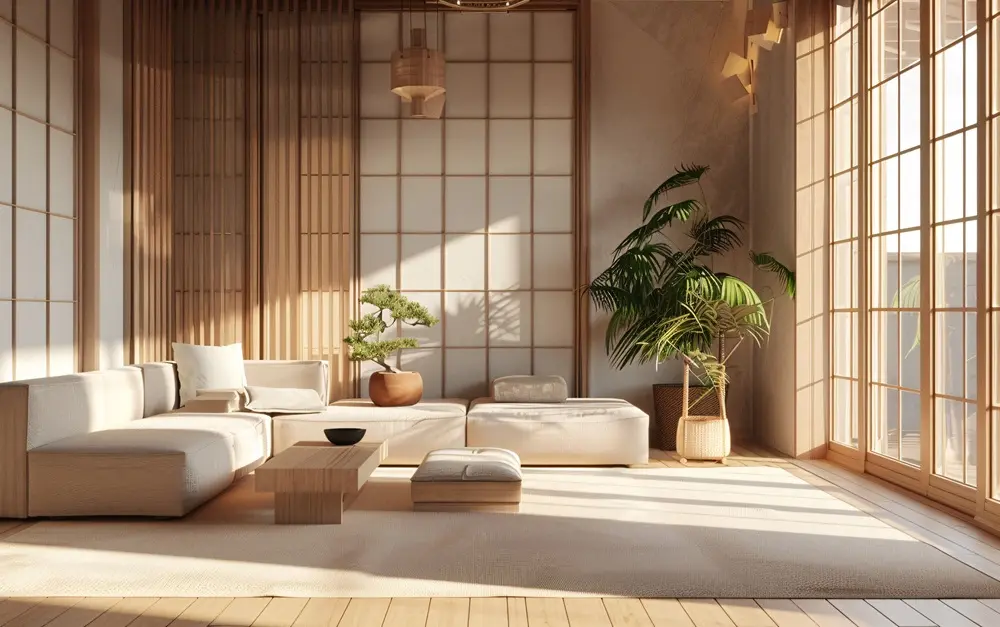
Incorporate large windows, sheer curtains, or open layouts to allow natural light to fill the space.
Enhance the flow of the space by aiming for open, unblocked pathways.
4. Integrate Plants and Nature
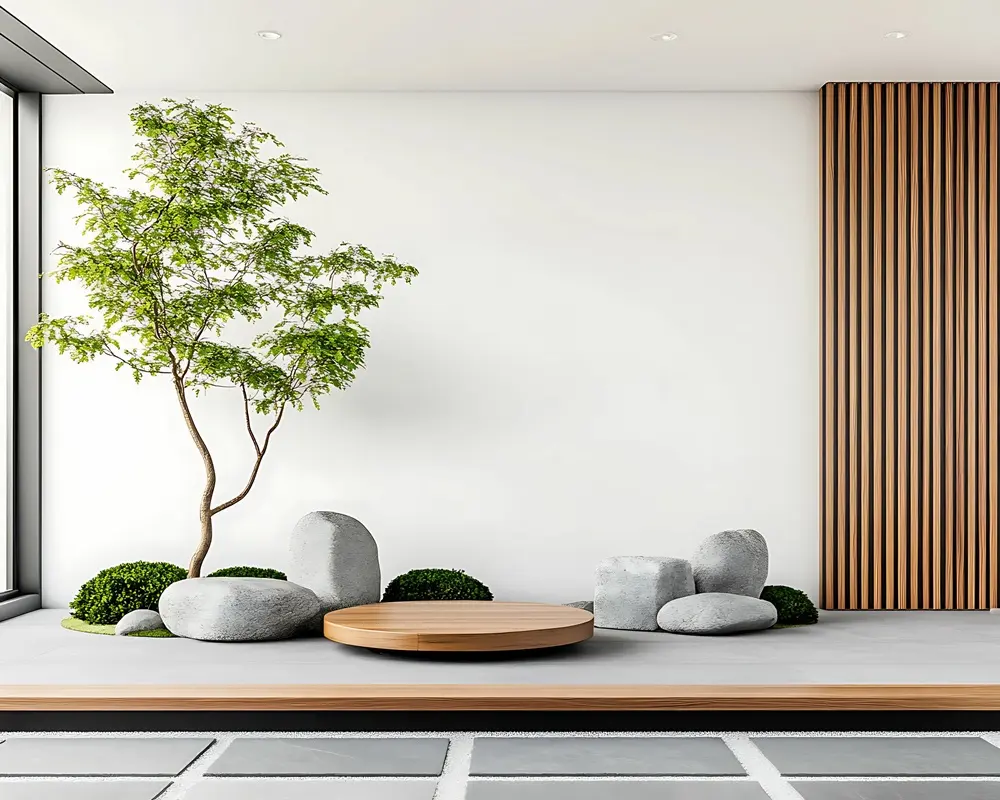
Add a variety of plants and fresh flowers such as succulents and bonsais, to bring life and color to a room. Incorporate nature-themed elements, such as driftwood, stones, or nature-inspired artwork, to subtly reflect the outdoors.
5. Create a Relaxing Atmosphere with Thoughtful Details
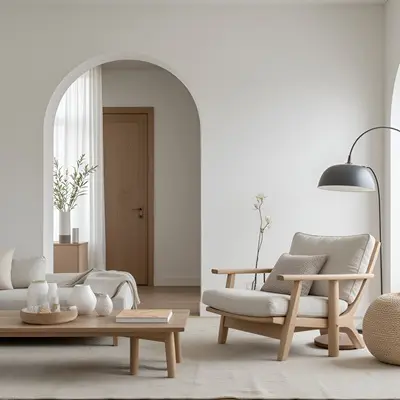
Use warm, dimmable lighting such as floor lamps, table lamps, or candles to create a cozy, inviting glow. Add scented candles, essential oils, or diffusers with calming fragrances like lavender and sandalwood to soothe the senses.
5 Tips to Transform Small Spaces with Japanese Minimalist Design
Japanese minimalist design is well-suited for dense urban living environments such as Singapore, where space is often limited. By focusing on simplicity, quality materials, and an open, clutter-free layout, you can create a much needed escape from the hustle and bustle of city living.
1. Utilize Vertical Space
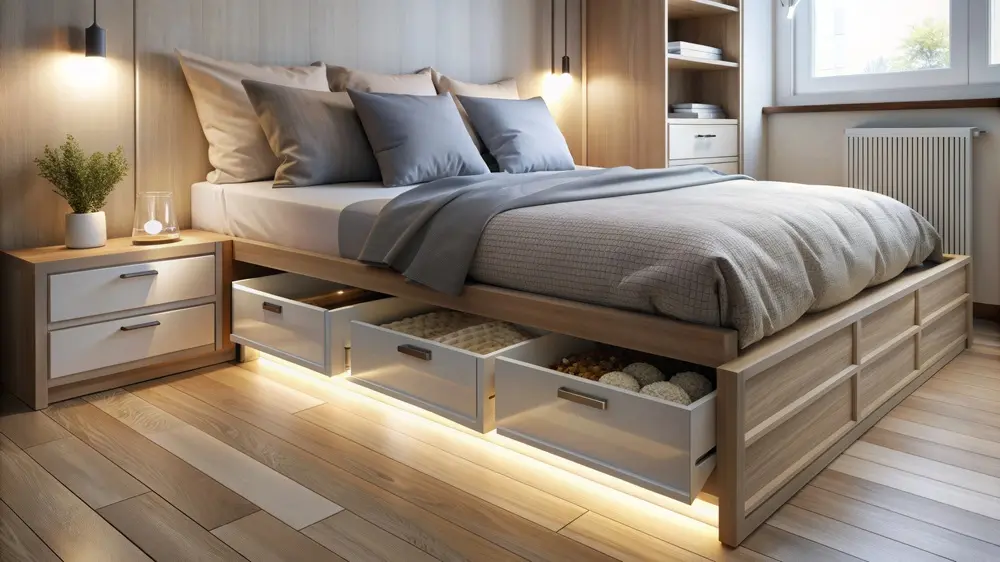
In Singapore's compact homes, utilizing vertical space is key. Wall-mounted shelves, floating cabinets, and multi-level storage can free up floor space and maintain an uncluttered look.
2. Maximize Natural Light and Airflow
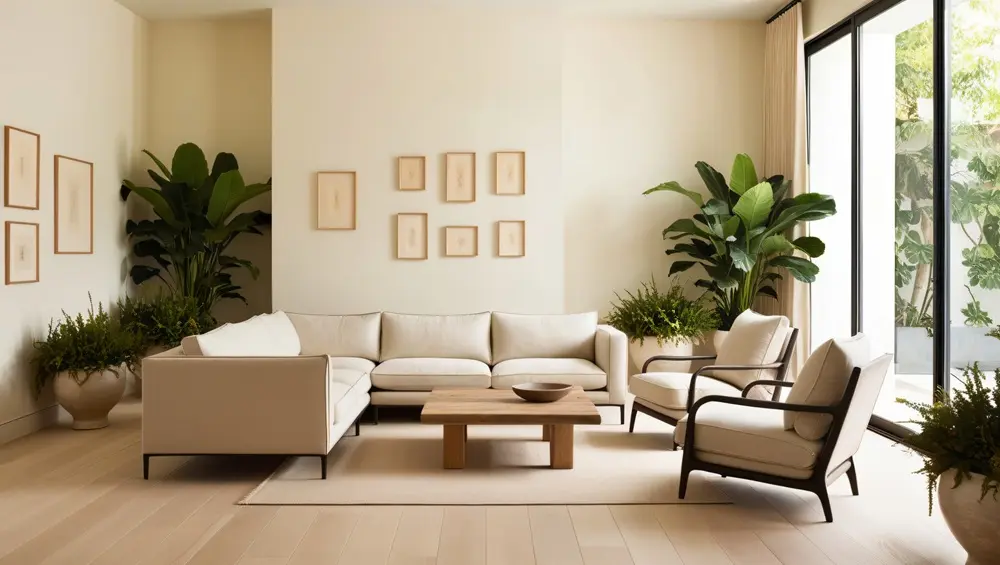
In Singapore's tropical climate, natural light is abundant and can be used to enhance the space. Large windows or glass doors (with minimal framing) allow sunlight to flood the room and brighten up the space.
Ensure good airflow with cross-ventilation or ceiling fans, creating a fresh, airy feeling that reduces any sense of stuffiness in small spaces.
3. Embrace Open Layouts and Multi-Functional Spaces
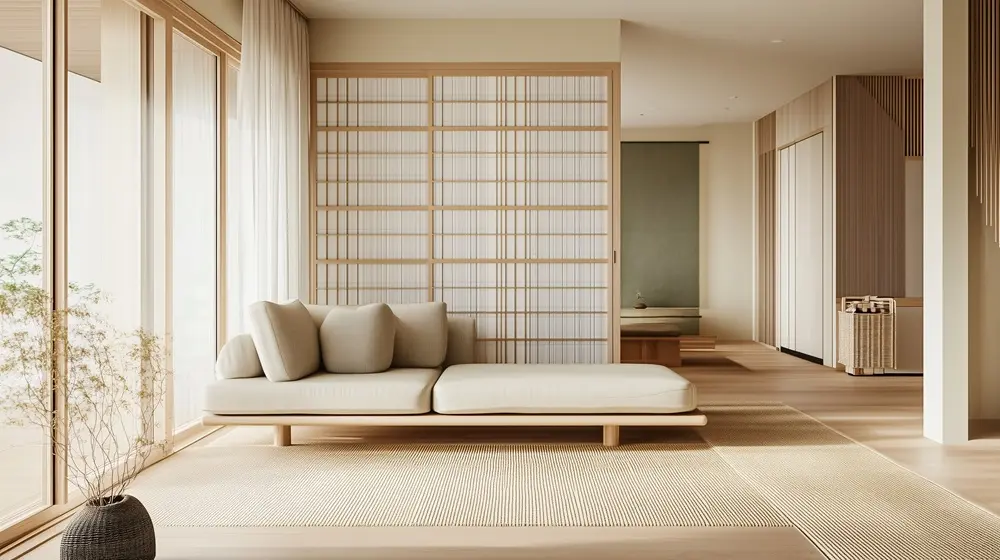
Ensure an open flow in the space by using sliding doors, open shelving, or flexible room dividers (like curtains or shoji screens) to create a sense of openness while maintaining functional separation. Declutter regularly to maintain a clean and organized space.
Create areas that are flexible and adaptable—such as a living room that doubles as a meditation space, or a desk area that can easily transform into a guest bed.
4. Use Soft Colors and Calming Textures
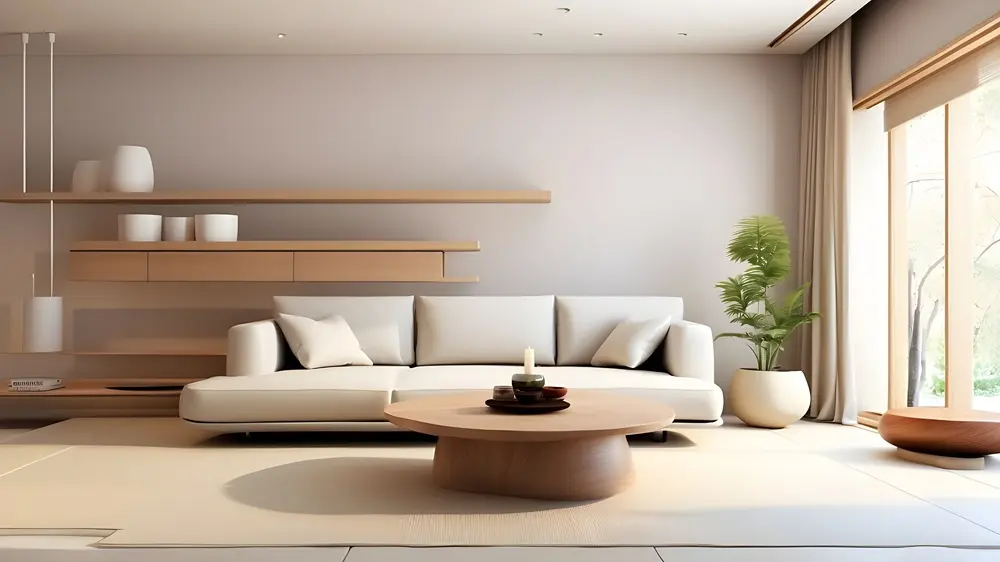
Stick to neutral tones like whites, beige, and light grays which reflect natural light, making small spaces feel larger and more expansive.
Incorporate natural wood elements in furniture, flooring, and wall finishes which tie into Japanese design and add warmth to modern Singaporean interiors.
Use fabrics like linen and cotton for cushions, bedding, and throws. These soft, tactile textures help create a soothing atmosphere, while maintaining the minimalist ethos of simplicity.
5. Choose Low-Profile and Multi-Functional Furniture
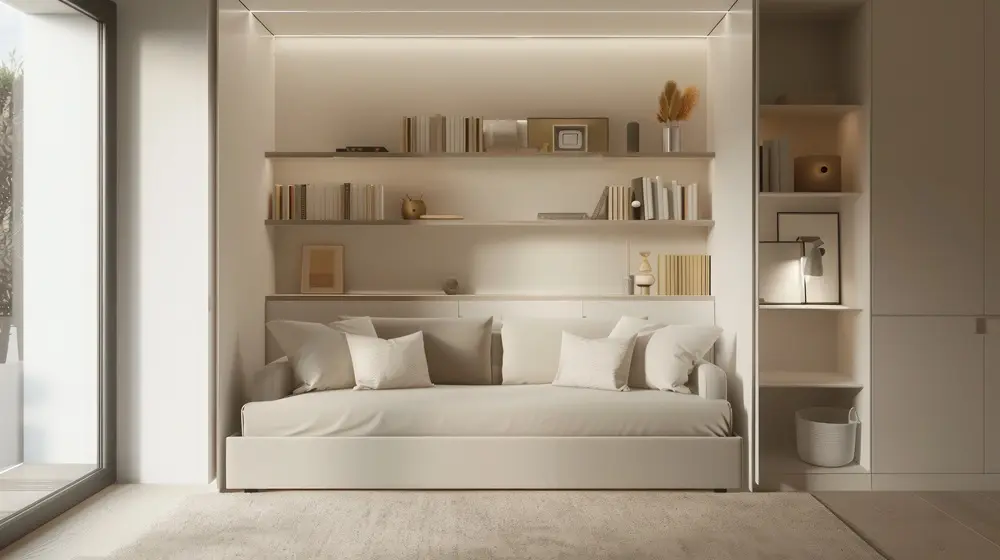
Low-profile furniture such as futons, tatami mats, and low wooden tables, align with Zen principles of grounding and simplicity.
Invest in multi-functional furniture such as fold-out tables, extendable dining sets and convertible sofa beds, freeing up space when not in use.
Cultivating Calm: The Lasting Impact of Zen-Inspired Minimalism
A zen-inspired, minimalist space embraces the core principles of Japanese minimalist design, yet it offers more than just an aesthetic transformation. You can create a calming environment that supports relaxation, reduces stress, and encourages mindfulness.

